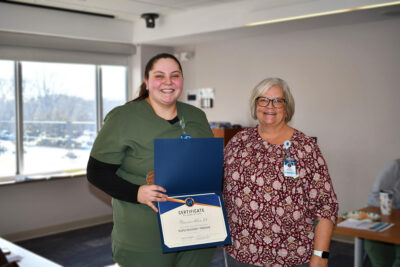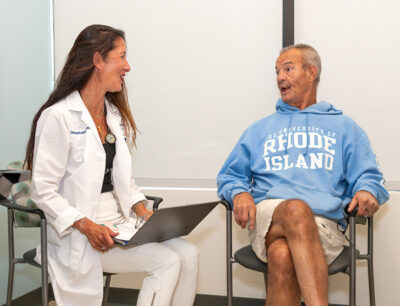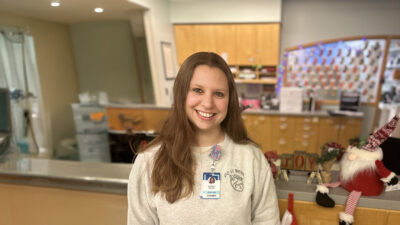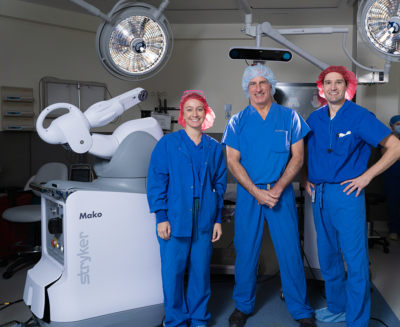News
Kate Wishart Appointed Executive Director, Foundation and Community Engagement Officer
January 19, 2026

News
January 19, 2026





Expressions of Gratitude
December 22, 2025


Staff Spotlight
December 22, 2025
December 12, 2025



News
December 10, 2025